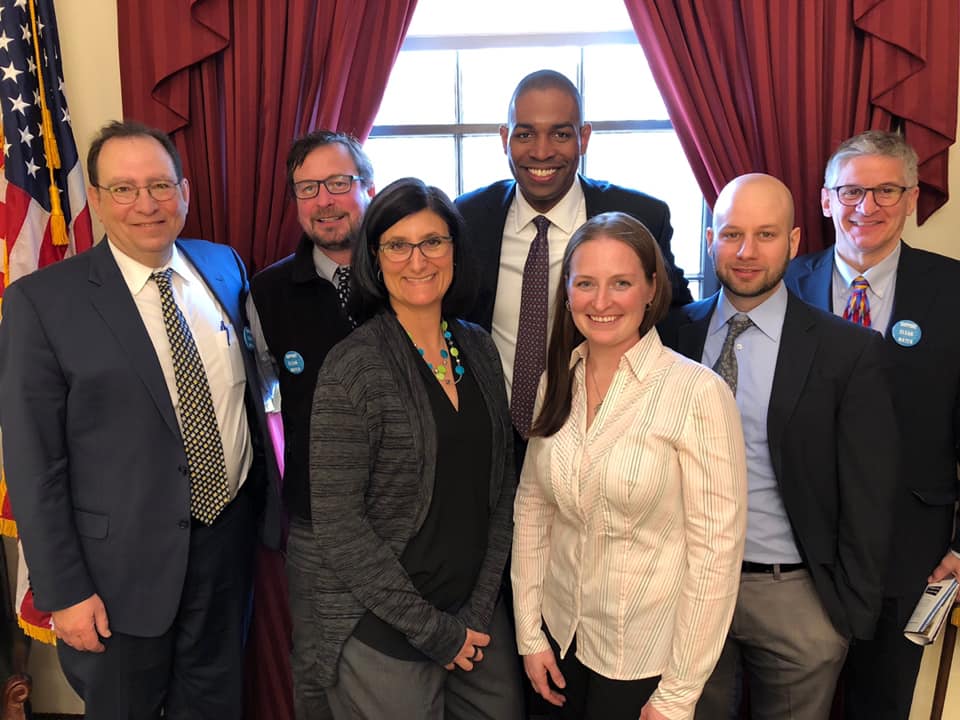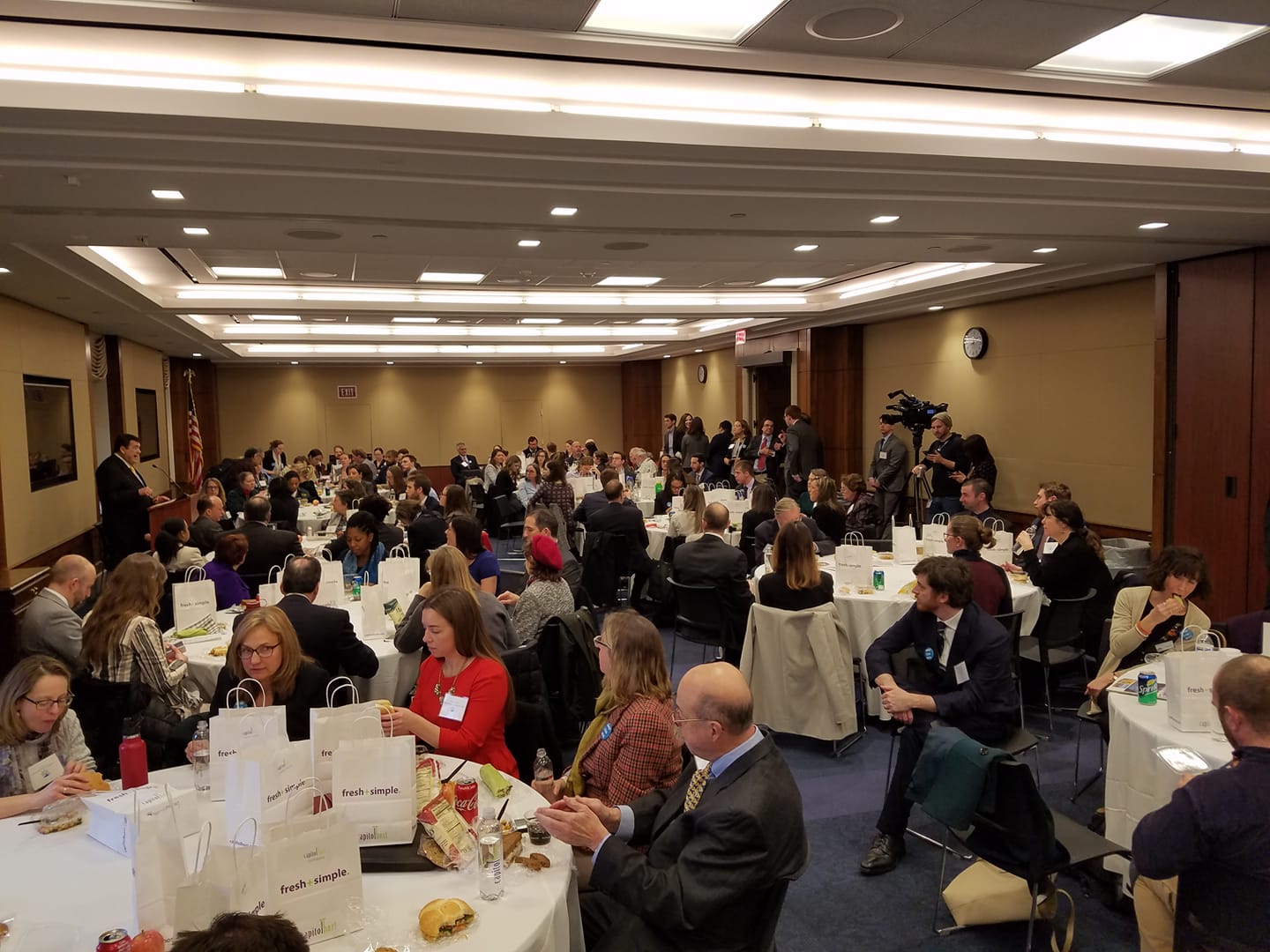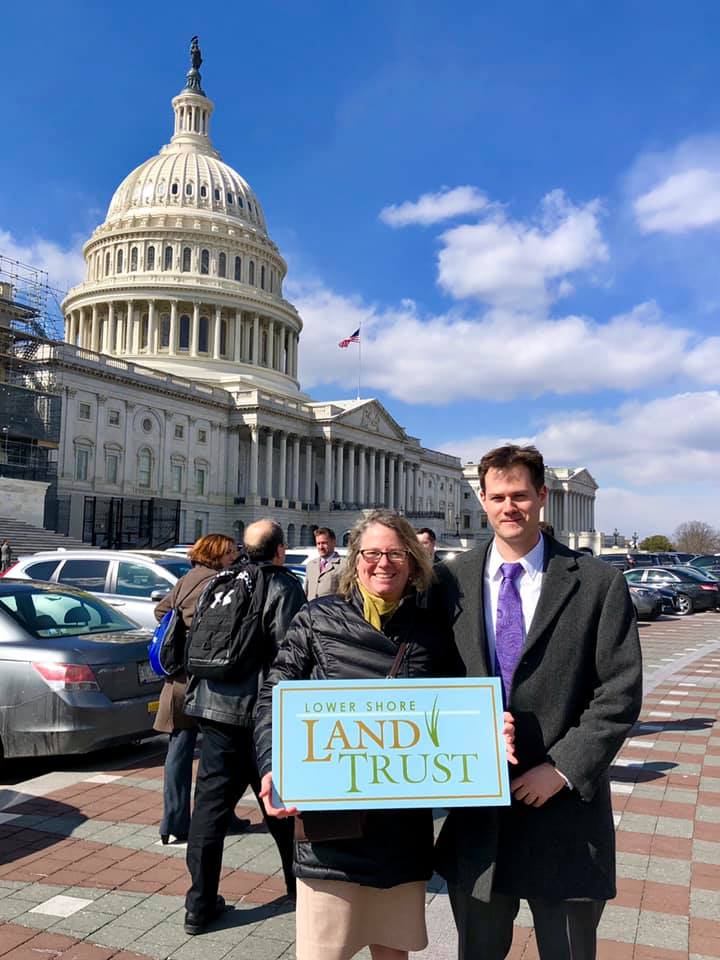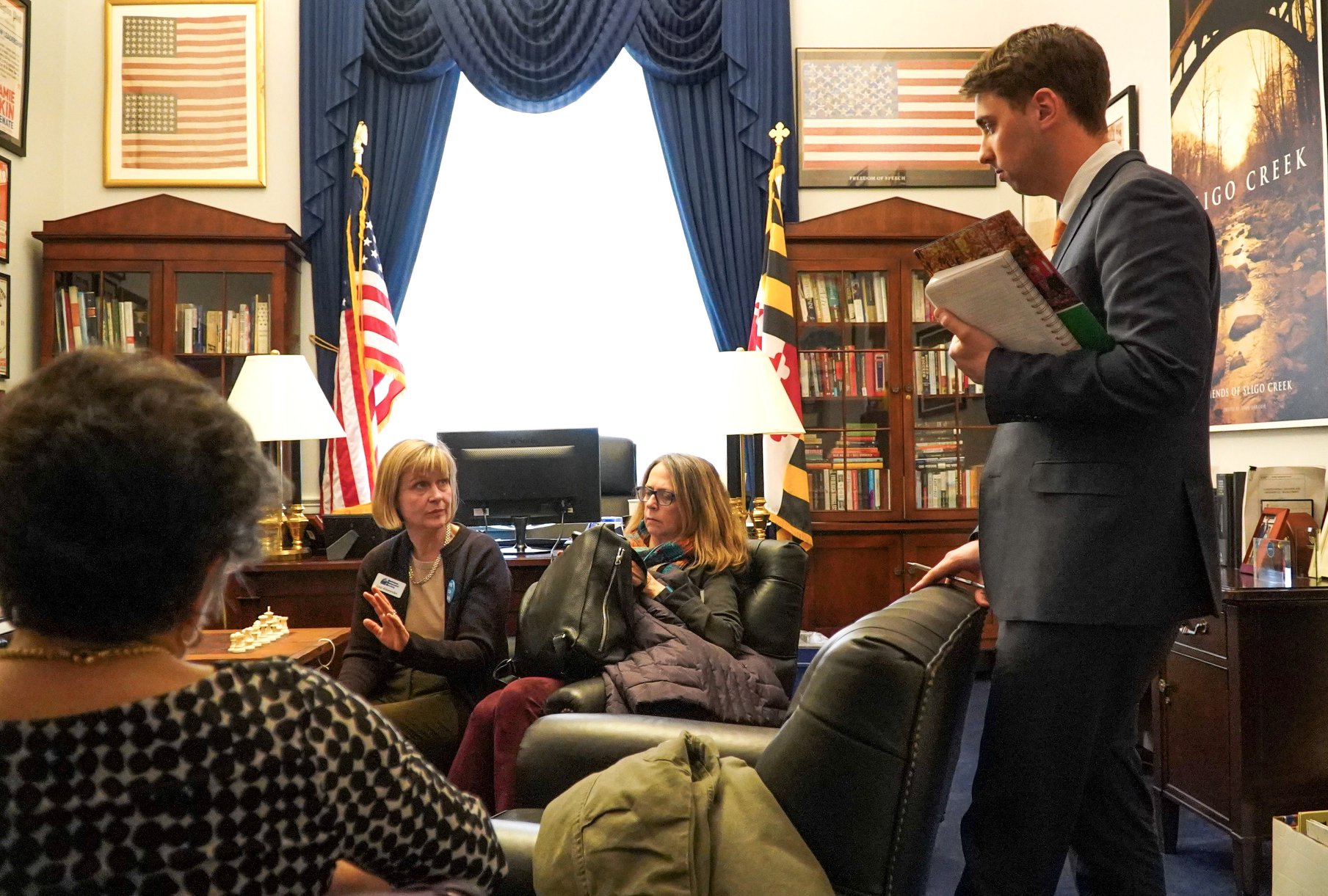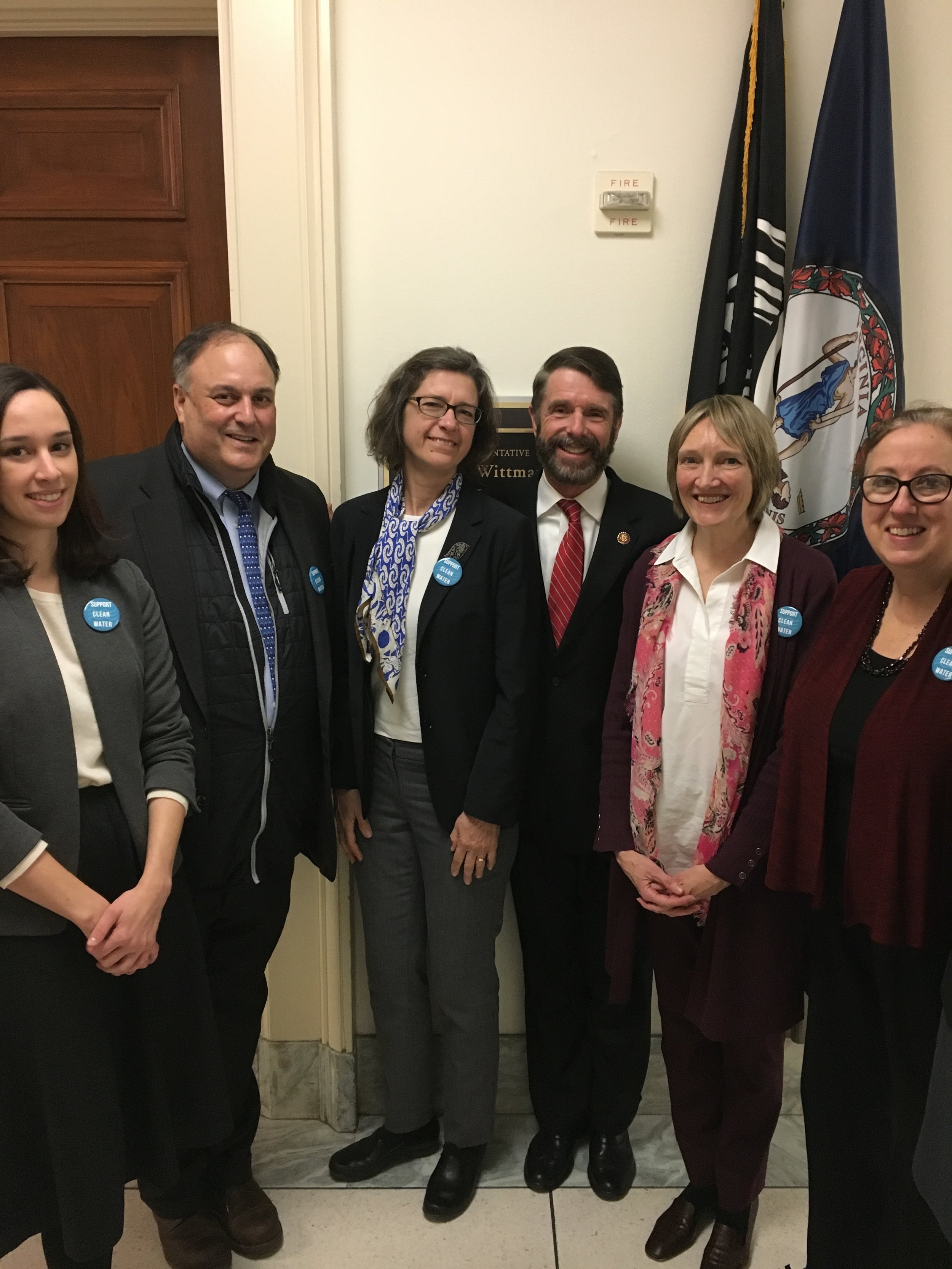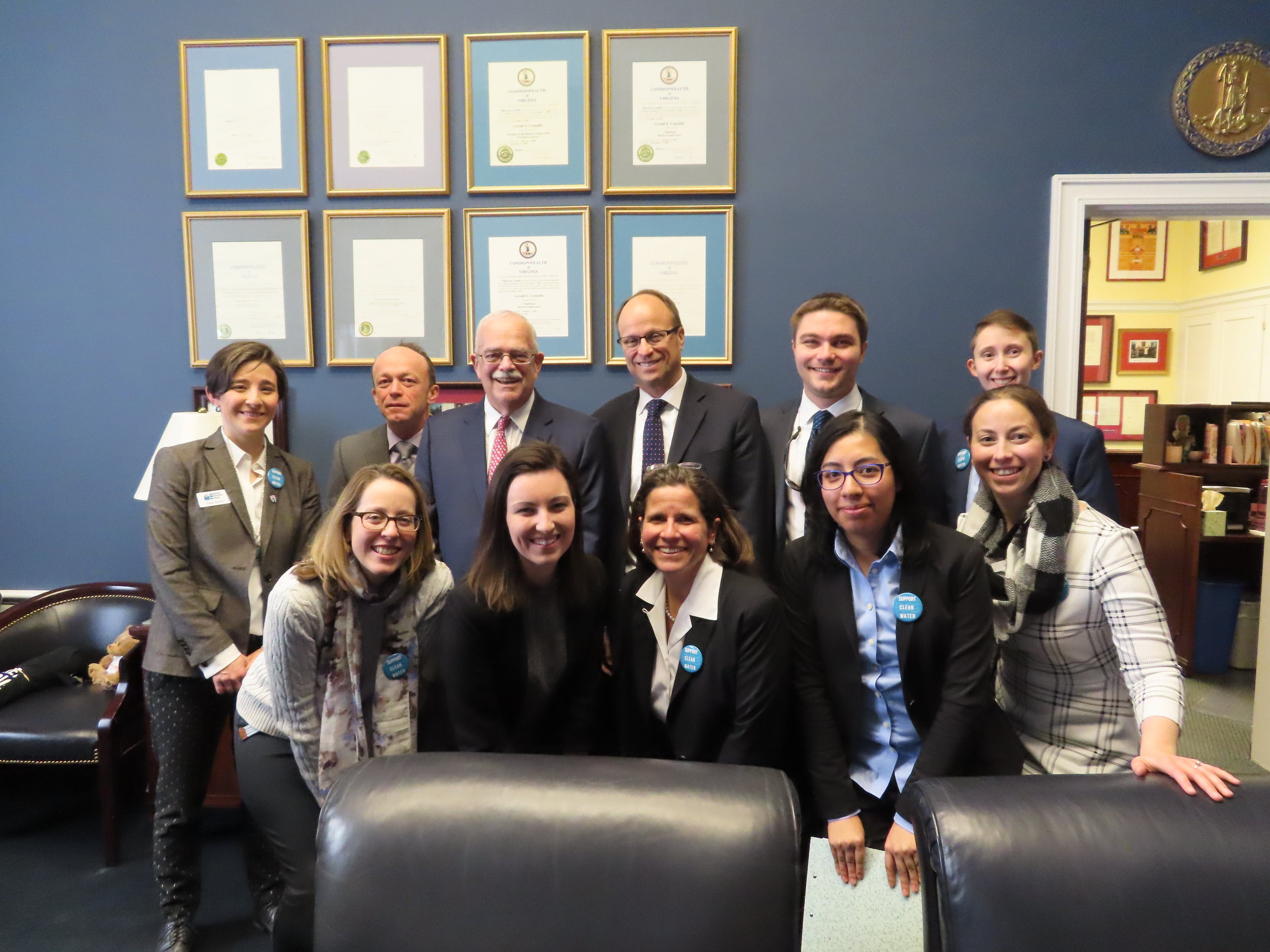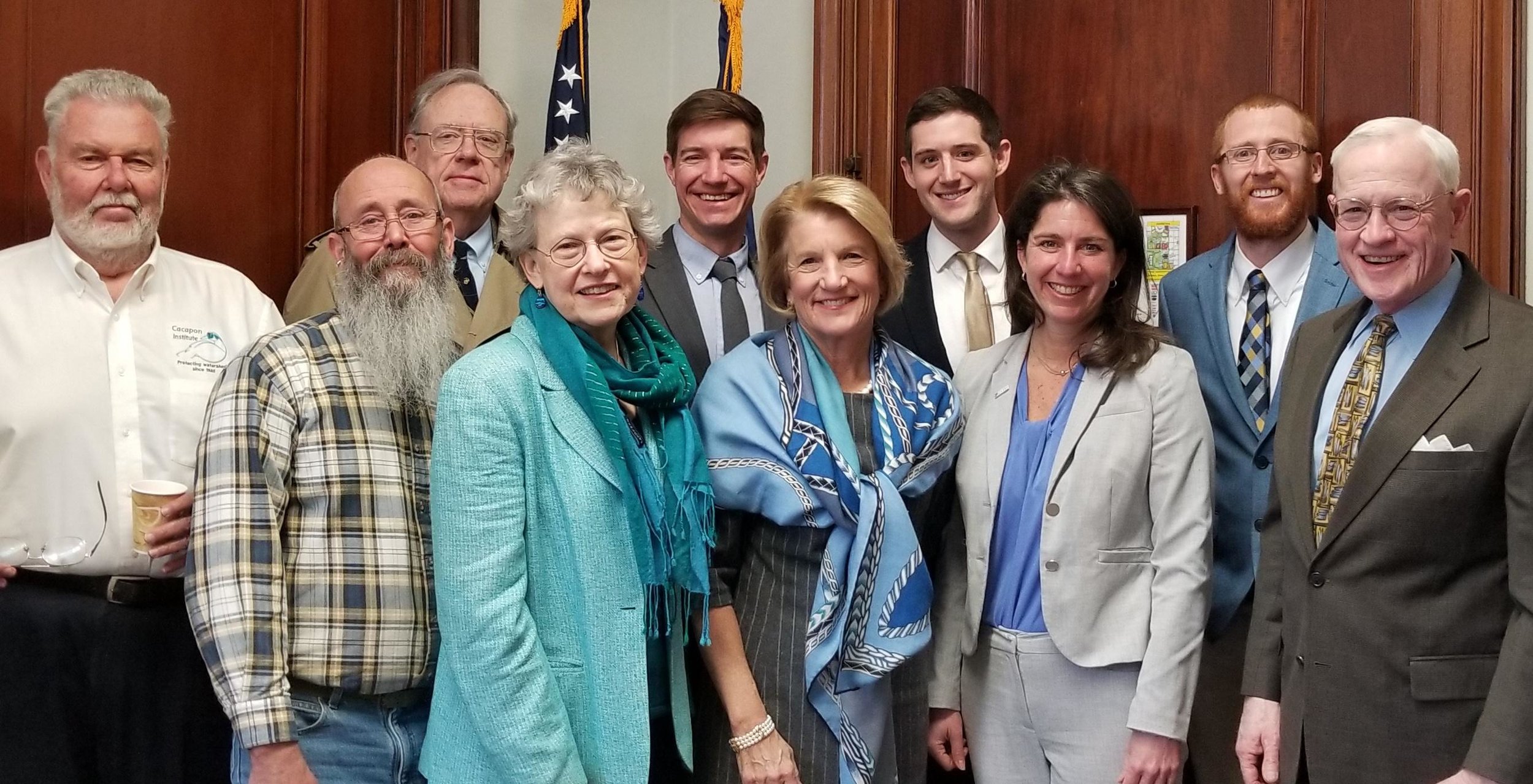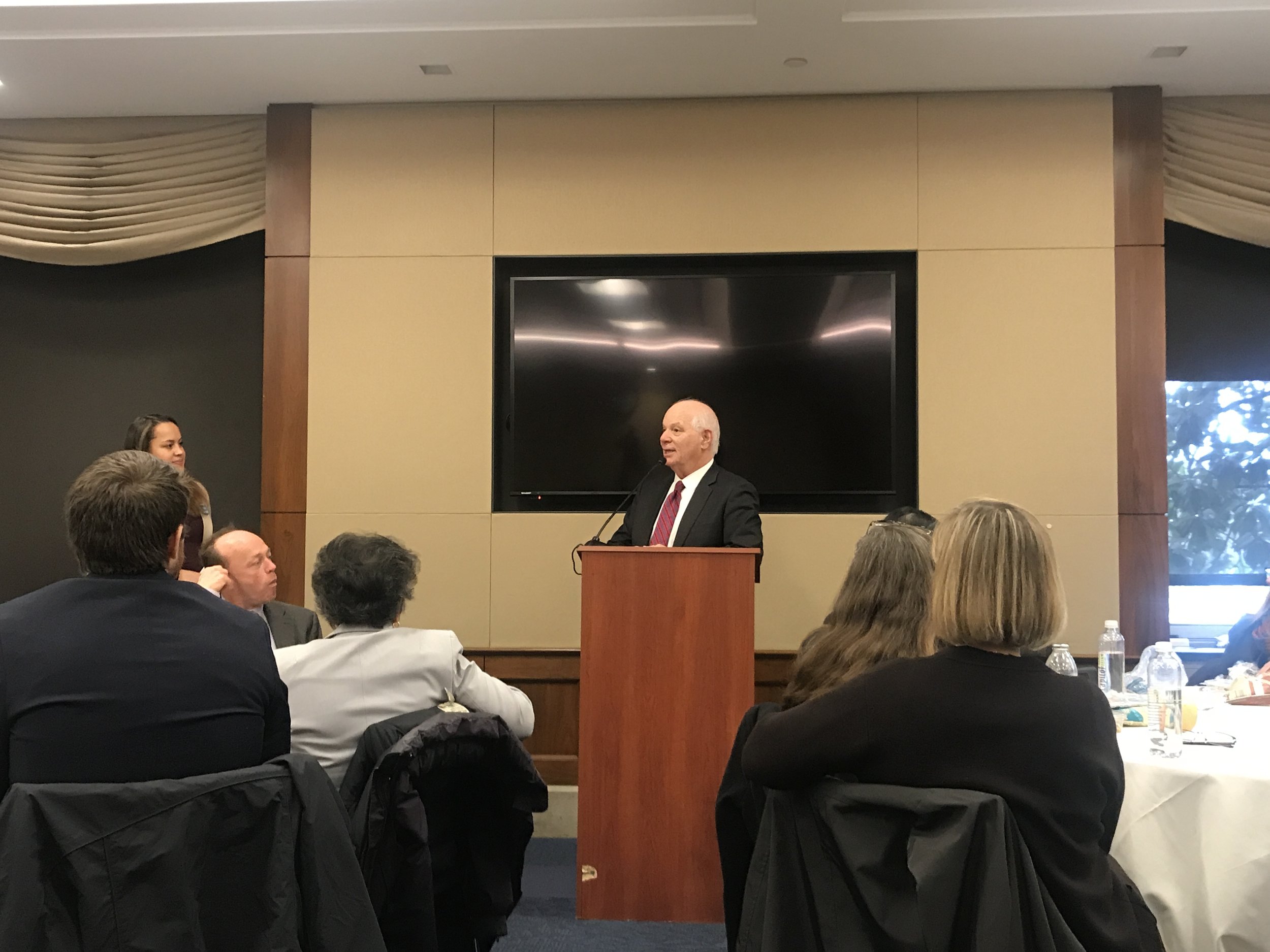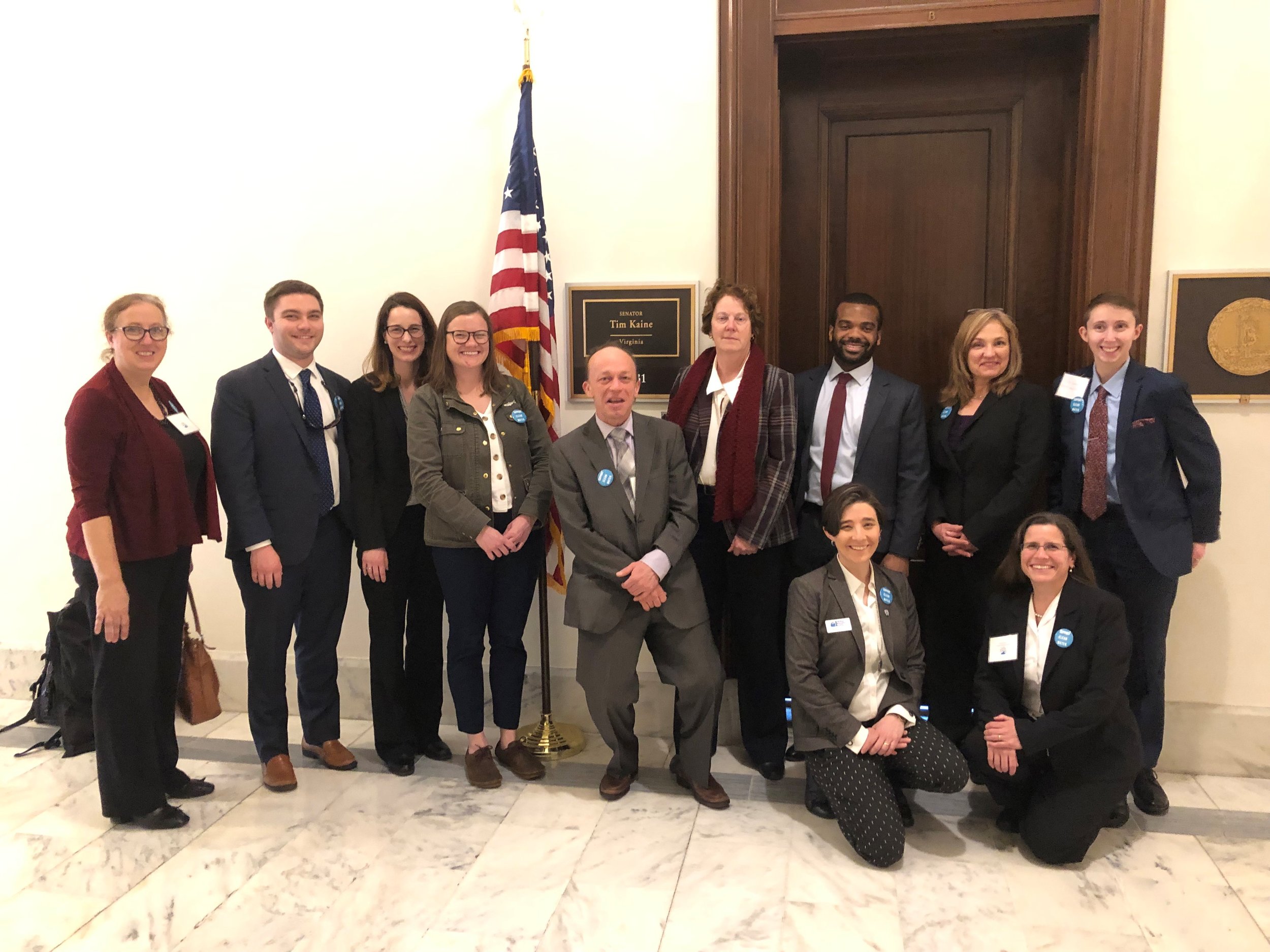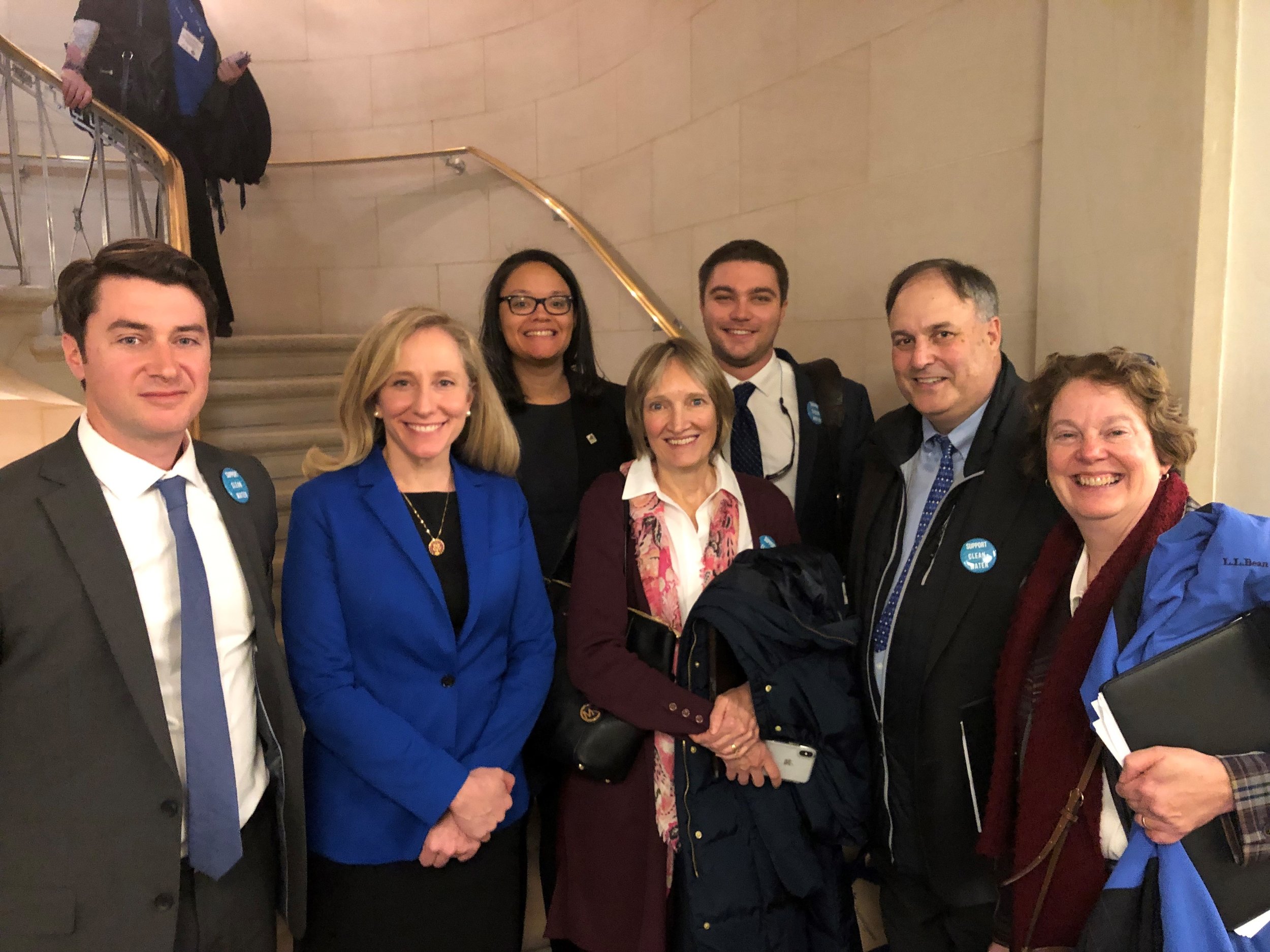Coalition Members Head to the Hill
We have seen time and time again that when our work for clean water faces challenges and threats, our Choose Clean Water members show up – and we show up in numbers. This was evident in 2017 when the president’s budget eliminated funding for the Chesapeake Bay Program and it was on display this week, when more than 100 members of the Coalition gathered on Capitol Hill to meet with members and staff in 40 different congressional offices. This year, we as a community are fighting not just for the funding we have had in the past, but what we need to meet new challenges to restore the rivers and streams in the Chesapeake Bay watershed.
On March 6, the Coalition formally requested that Congress increase funding for the Chesapeake Bay restoration effort, specifically $90 million for the Environmental Protection Agency Chesapeake Bay Program, up from $73 million. This is the first time in five years that the Coalition has asked for increased funding and the request was met with much enthusiasm from our supporters on the Hill. In our letters to Congress requesting the increase in funding, we had 144 Coalition member organizations signed on, a record number of signatures. This show of commitment was a powerful tool during the congressional meetings.
The biggest highlight of the day was our lunch briefing, where Coalition members, recipients of the Chesapeake Bay Program’s Small Watershed/Nutrient and Sediment Reduction Grants, funders, and members of Congress came together to discuss the state of the restoration effort and our commitment to pushing the effort forward. 11 legislators joined us, including Senator Cardin (D-MD), Senator Van Hollen (D-MD), Congressman McEachin (D-VA), Congressman Trone (D-MD), Congresswoman Luria (D-VA), Congressman Wittman (R-VA), Congressman Cartwright (D-PA), Congressman Ruppersberger (D-PA), Congressman Raskin (D-MD), Congressman Connolly (D-VA), and Congressman Cline (R-VA). All talked about their support for funding for Chesapeake Bay restoration and the important role that our Coalition plays in moving this effort forward.
There are many reasons to ask for this increase, but two of them are climate change and the Conowingo Dam. When the Chesapeake Bay Blueprint was created in 2010, it was estimated that the Conowingo Dam would trap pollution through 2025. However, last year, new research determined that the reservoir behind the dam was actually full, and as a result more pollution was entering the Chesapeake Bay than had been originally accounted for. Now it is estimated that the Chesapeake Bay cleanup will need to reduce an additional 6 million pounds of nitrogen every year to mitigate water quality impacts from Conowingo. Also, the Chesapeake Bay region saw record amounts of rainfall this past year, resulting in increased flooding and runoff into local streams. These major rainfall events are only expected to increase with climate change, which will require on-the-ground pollution and flood reducing projects to adapt to new pressures.
In addition to increased funding for the Chesapeake Bay Program, the Coalition is also asking Congress for a 50 percent increase in funding for the Chesapeake Bay Gateways and Trails Program and to fully fund the 2018 Farm Bill’s conservation programs to ensure responsible farms in the Chesapeake region remain economically viable. The Coalition is also requesting that Congress not ignore clean water issues when they put together a Federal Infrastructure Spending Package. The Coalition recommends tripling the funding for the Clean Water State Revolving Fund to $5 billion to be included in such an Infrastructure Package. This Fund provides low interest loans for sewage treatment and stormwater control upgrades and retrofits for local governments and ratepayers in every state.
Congress and the Coalition are now waiting to hear from the Trump administration on the proposed FY20 budget and what it will say about our Chesapeake funding, but one thing is for sure, we will be ready to respond.

